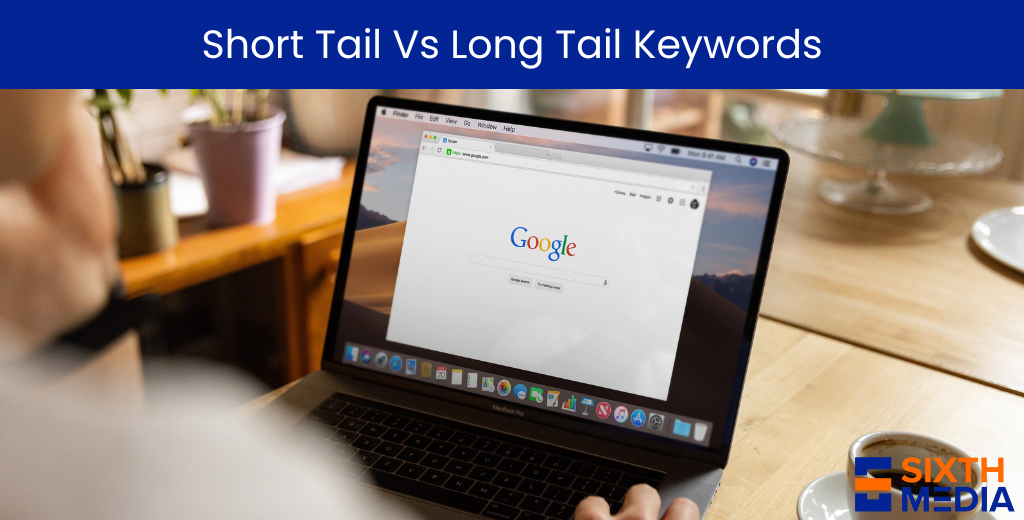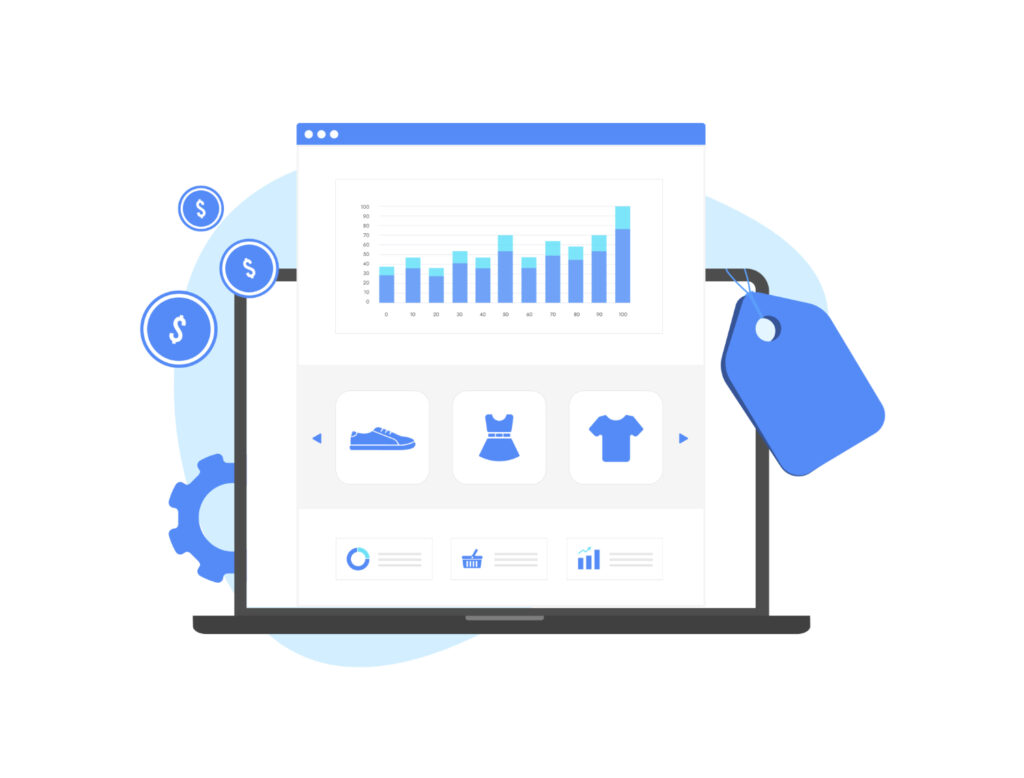We’ve created a long tail keyword strategy that performs extremely well when it comes to generating qualified leads.
Targeting long tail keywords can be a solid tactic due to the ever-illusive Google algorithm; there are many smaller algorithm updates, and at least one core update, per year.
Luckily, Google is constantly giving the online marketing industry tips for how to improve its tactics. Back in 2020 Google’s very own John Mueller said “guest posting for links results in unnatural links”.
I don’t think this warning should really surprise anyone. Google has been talking about staying away from content focused on search engines for years.
Guest blog posting is just like everything else with online marketing. There are many different levels of quality within the same general work item.
I believe John Muller is speaking about spamming the internet with nonsense content that isn’t meant for human consumption. If this is the case, there is really no difference between this tactic and low quality article or blog marketing.
Big Risks and Big Rewards with Online Marketing
The truth of the matter is the people that have abused link building have made it very dangerous for the rest of us, even if we are doing it the right way. SEO has turned into a very risky game, and the stakes have never been higher. On one side, you can increase your organic rankings thus bringing in mass amounts of relevant traffic. On the other side, you can get hit by a Google update and lose ALL of your organic visibility.
There has to be a way to minimize the chance of your site getting hit by a penalty. Backlinks are “votes of authority” from other websites back to your website and are still a very highly valued part of Google’s ranking algorithm. If Google isn’t going to be in favor of guest blog posts how can you generate backlinks that won’t cause long-term problems?
The answer lies partly with having a long-tail SEO strategy. According to ThinkGoogle “The long tail could provide an untapped opportunity to connect with potential customers. Invest in these areas and see volume grow.”
This clearly answers the question of “Why are long tail keywords important?”
Long-tail keywords are highly targeted search phrases that specifically serve searcher intent. These keywords usually have low search volume, low competition and high conversion rates because they are very specific. This is a way to rank for a wide range of search terms and safeguard your site from getting an organic penalty.
Suggested: Short tail vs long tail keywords
Step 1) Identify and organize a long-tail keyword cluster
Having a long-tail keyword strategy starts with finding strategic variations of different root keywords. Targeting specific long tail keywords related to the primary keyword target will make your pages relevant for niche subjects. It is very helpful to arrange your keywords in an Excel doc. You can place the root keyword in one cell. Below that, think of as many long tail keyword variations and related keywords as possible. Repeat that process for all of your main search terms. At the end, you’ll have a well-organized keyword cluster.
To the right of the keywords, you’ll want to include the target page. That way, you will have easy access to the long tail keywords and URLs you are using for your link building. After you finish the full cluster, it will look something like this. You should already have pages for most of the terms you are going to target with this cluster.
Another great way to think up good long-tail search phrases is to think what questions a user might have that would be looking for my product. This will give you a list of potential search phrases you can use when writing new blog posts. You probably won’t have pages for most of these terms.
This is where you are going to want to use your blog to produce well thought out responses to industry questions. Below are a few examples of blog posts we could write for Sixth Media.
Use keyword research tools to discover solid long tail keyword ideas
There are multiple free and paid keyword research tools that can be leveraged to identify long tail keyword suggestions.
Free long tail keyword tools:
- Google’s auto-suggest
- Google’s ‘People Also ‘Ask’
- Google Search Console
- AnswerThePublic
Paid long tail keyword tools:
- SEMRush
- Ahrefs
Step 2) Build out the right content assets
A key element to a successful long-tail strategy is having great pages to push your traffic. These should be targeted to the keyword cluster you are trying to push. But before we create high quality pages, it’s important to find long tail keywords to support those pages.
Having a great piece of content is going to ensure that you maximize the value from each and every visitor.
Content marketing fits perfectly into a long-tail keyword strategy.
Having a blog where you can constantly build new, relevant pages is perfect for this type of a tactic. This is going to be the ideal place where you can start answering the questions we identified in Step 1.
As you are building your different content assets, you are going to want to have traditional onsite optimization in mind. We definitely recommend adding the target search phrase to the Title Tag, Meta Description, and Heading Tags. This is going to make absolutely sure Google knows the long-tail question we are trying to answer with our content.
Having great content to push your traffic is one of the most important steps in this process. You need to be absolutely sure you are giving Google and the other search engines a reason to rank your page. It is extremely important that you are building content with the mindset of adding value to the internet.
Step 3) Build authority with quality backlinks
After you’ve identified the keywords and built an amazing piece of content, the hard work is done.
Now, all you need to do is build the authority of that page and your root domain with a few quality links. Having a long-tail strategy is going to ensure that your site has a well-rounded linking profile. This is going to be a great way to make sure you are pushing links to a wide range of pages. This definitely helps with safeguarding your site against getting hit by a Penguin update.
There are many different ways to get backlinks added to your new page. We recommend using guest blog posts and article marketing to build some quick, authoritative links. As always, you are going to want to mix up the anchor text pointing back to the URL. We recommend checking out this guide for best practices with anchor text.
Step 4 – Convert the traffic into leads
The next step to a successful marketing campaign leveraged by long tail keyword phrases is converting your new traffic into leads. This is a step where most people go wrong.
The general idea is we need to give users a reason to take action. We need to entice them to move forward in the buying process. We have seen that having great calls to action and downloadable content can be very helpful in getting this done.
Here are a few principles for creating good calls to action:
Offer something relevant and helpful
- Make it stand out
- Use the right messaging
- Test & improve
We have actually written another post that goes over our recommendations for great calls to action. Please visit this URL for more information about constructing amazing CTA’s.
Top Quality Downloadable Content
Having great content that you offer in exchange for a user’s name and email address is a great way to convert a user. You are going to want to think of interesting topics that would engage your audience.
How you present your e-book or whitepaper is extremely important for actually getting users to click on the download. Below are a few steps for increasing the conversion rate of your marketing collateral.
- Think of an interesting topic and title for the content asset
- Design attractive button for the download
- Have a clear contact form put together
- After the user downloads the asset, take them to a “thank you” page
It is absolutely critical that after a user downloads your content asset, you give them some meaningful information. Making sure this is top quality content will help your brand and sales efforts.
Step 5) Nurture your leads until they are ready to buy
The last step to fully implementing a successful long-tail keyword strategy that generates qualified leads for your business is to start tracking and nurturing leads. This should help close the leads you have generated with the other 4 steps into paying customers.
Lead nurturing is a relatively new tactic that is unique to the online arena. The idea is you have a pool of users that have shown interest in your industry, but aren’t necessarily ready to become a customer of yours. From there you send the users compelling content at different intervals of time bringing them along in the sales cycle.
There are a variety of different software solutions to tracking and nurturing leads. Below are a few of our top recommendations:
- Infusionsoft
- HubSpot
- Marketo
There is no question having a long-tail keyword strategy is an effective tactic for increasing your brand’s organic exposure and safeguarding your ranking from future Penguin Updates. While it’s true these keywords often have lower search volume, the traffic is much higher quality and can be a great way to get more leads.
Now, the question is what are you going to do to take action to make sure you are pushing your organization to the next level. As always, we would love to give you our recommendations with a free inbound marketing analysis.
[/et_pb_text][/et_pb_column][/et_pb_row][/et_pb_section]



